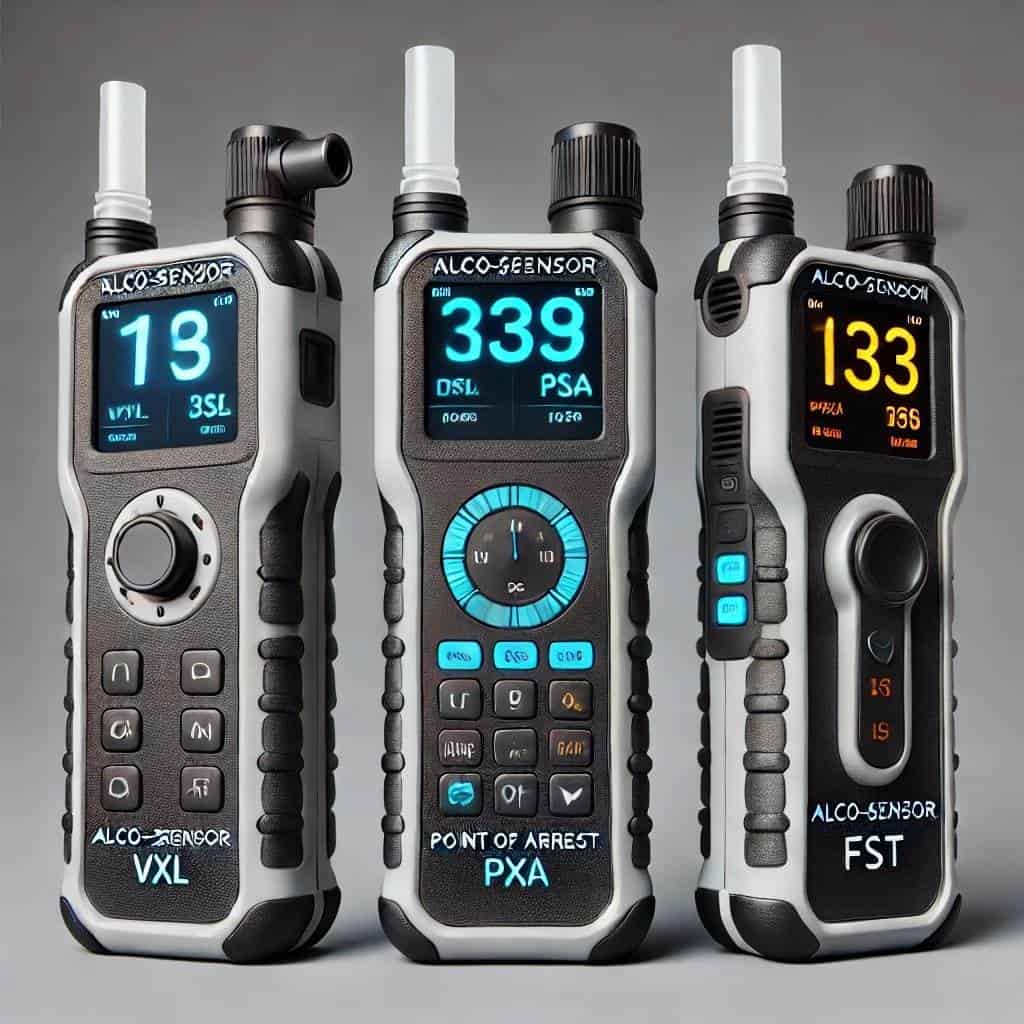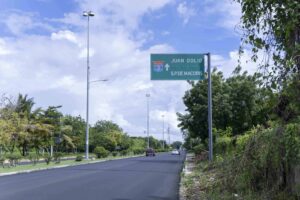
Starting this Friday, October 25, the National Institute of Transit and Land Transportation (Intrant) will implement again in the Dominican Republic the use of breathalyzers to strengthen traffic surveillance and prevent accidents due to driving under the influence alcohola recurring problem in the country.
These devices measure the concentration of alcohol in the exhaled air and in the blood, allowing to detect if a person has consumed alcohol and the level of intoxication.
For this practice, the authorities have trained 40 law enforcement agents. General Directorate of Traffic and Land Transportation Safety (Digesett) with international specialists in the use of devices used to measure levels of alcohol in blood
How do they work?
The operation of the breathalyzers is based on measuring the level of alcohol present in exhaled air. These devices detect ethanol in the breath and calculate the concentration of alcohol in blood (BAC).
The officer in charge will take a sample of exhaled air, in which the driver must blow continuously for several seconds into a mouthpiece connected to the breathalyzer, so that the device obtains an accurate sample.
The device measures the level of alcohol using different technologies. One of them is the fuel cell, which oxidizes the alcohol present in the exhaled air, generating an electric current proportional to the amount of ethanol.
In addition, it uses infrared sensors that detect how molecules of alcohol They absorb infrared light. Although this technology is less common, it is accurate and used in high-end devices.
Legal limit in sampling
The device displays the BAC in percentage. In the Dominican Republic, according to the Law 63-17 on Mobility, Land Transportation, Transit and Road Safety The legal limit is 0.5 grams per liter of blood for private drivers, while for drivers of public transport or heavy vehicles, the limit is lower, 0.2.
Officers will carry out random checks on the roads, especially during periods of high traffic, such as weekends or during holidays. Drivers who exceed the permitted limits may face sanctions that include fines of five to ten minimum wages, license suspension or even arrest.
Article 259 of the law establishes that, if the breathalyzer test is positive, the police officer Digestett may keep the driver under surveillance for a maximum of four hours. However, the driver may leave immediately if a family member or related person shows up and is responsible for taking him to his destination.
Devices they will use
According to a press release from Intrantinternational specialists trained the agents of the Digestett in the use of devices Alco-Sensor VXL, Point of Arrest and Alco-Sensor FST. These tools are essential to detect the presence of alcohol in exhaled air and determine the concentration of alcohol in blood (BAC).
- He Alco-Sensor VXL uses a fuel cell to measure the level of alcohol through an electrochemical reaction, generating an electric current proportional to the concentration of ethanol in the exhaled air.
- He Point of Arrest employs infrared sensor technology that detects the absorption of infrared light by molecules of alcoholallowing for accurate measurement, although this method is less common in everyday use.
- He Alco-Sensor FST combines fuel cell technologies and infrared sensors, offering greater precision and validation of results when measuring the level of alcohol in the air.

It will not require investment by the State
The director of the National Institute of Traffic and Land Transportation (Intrant), Milton Morrisonexplained yesterday Thursday that the implementation of the use of breathalyzers It will not require investment from the State, since the equipment to be used will be the ones that were donated in 2018.
He explained that the authorities of the Intrantin collaboration with the Dominican Institute for Quality (Indocal), brought experts to the Dominican Republic to calibrate the devices and put them into operation.
“What it is about is saving lives. breathalyzers They are to prevent drunks walking on the street from running over people,” the official said.

He explained that they announced the pilot test to prevent citizens from “being surprised” when, in certain critical points selected by the Digestett These controls are implemented for this purpose.
The activation of the pilot plan for checkpoints to carry out breathalyzer tests is scheduled for this Friday, October 25, from 9:00 at night to 4:00 in the morning, in the National District.
Currently, the country has eight breathalyzers evidential and 32 screening, donated by the International Alliance for Responsible Drinking (IARD), and the regional and local alcoholic beverage industry.



